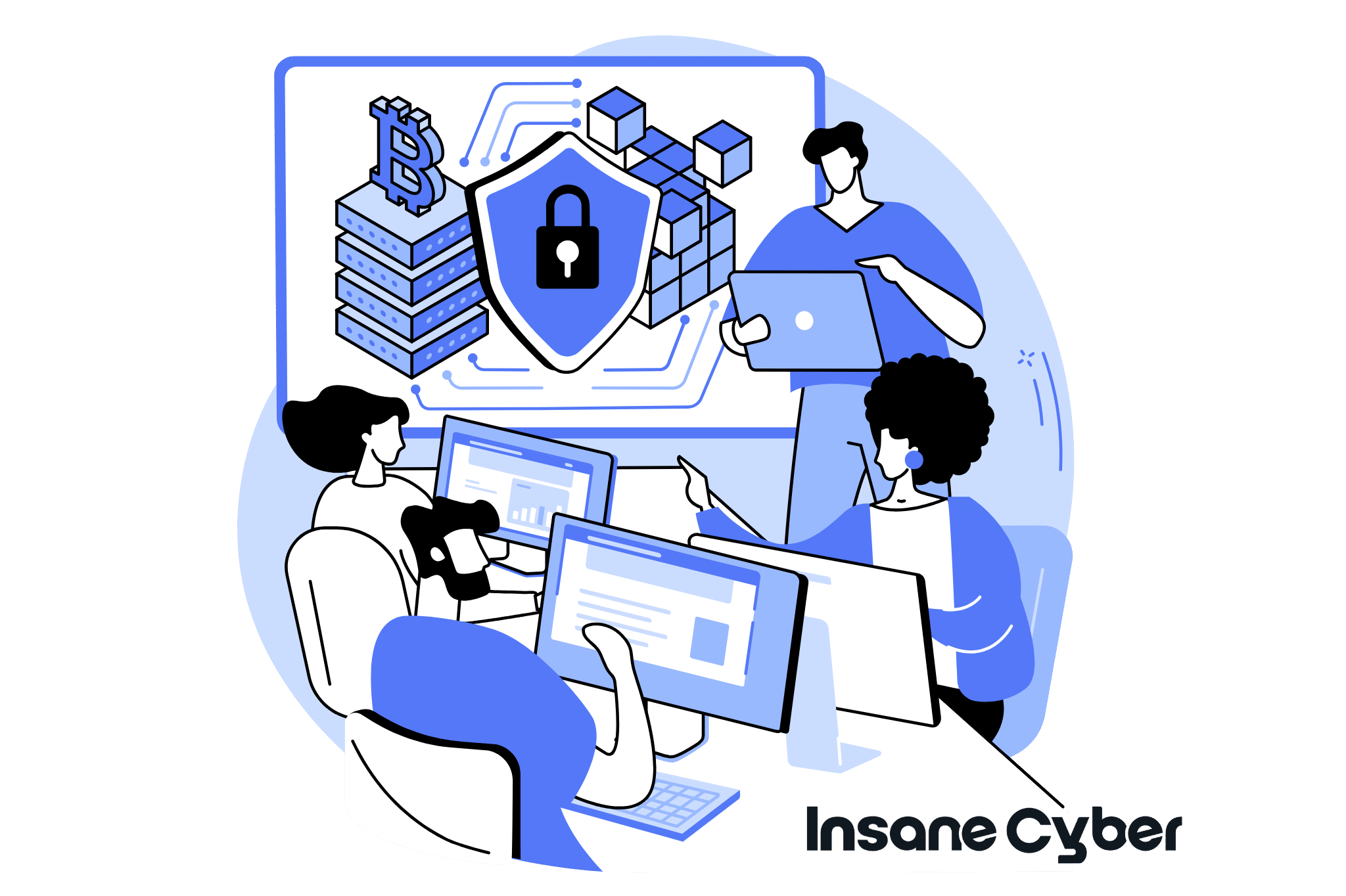Operational Technology (OT) cybersecurity has evolved rapidly in recent years. If you’re already using advanced platforms like Dragos, Nozomi Networks, or Claroty, you’ve built the foundation every industrial security program needs—visibility. You know what’s on your network. You can detect anomalies. You can monitor communications.
But here’s the hard truth: the threat landscape has moved beyond the network.
Today’s adversaries are exploiting the blind spots of network-only security models—the places your tools can’t see. And unless you adapt your defenses, even the most sophisticated OT monitoring platform can leave you dangerously exposed.
Network Visibility: A Critical but Incomplete Defense
The modern leaders in OT cybersecurity—Dragos, Claroty, and Nozomi—deserve credit for revolutionizing how we detect and understand industrial assets. Their passive network monitoring approach was a breakthrough: it made it possible to discover devices, map communications, and detect anomalies without disrupting sensitive control systems.
But this network-centric design comes with trade-offs:
- It relies on inference rather than evidence.
- It can’t see what’s happening inside hosts like HMIs or engineering workstations.
- It doesn’t capture the full context behind a suspicious action.
Your network sensors can show that a logic change was pushed to a PLC—but not who initiated it, why, or what else happened on the host that triggered it.
This is what we call the context gap. And for modern threat hunters, it’s a growing problem.

The Modern OT Threat Hunter’s Challenge
Proactive threat hunting has become the new standard for mature OT security programs.
Instead of waiting for alerts, analysts assume a breach and search for adversaries already inside their environment.
Let’s consider a real-world example.
Hunting Hypothesis: An attacker is trying to modify PLC logic from an engineering workstation.
A traditional network tool would capture traffic that looks suspicious—say, a logic download to a PLC. It might even raise an alert.
But here’s the problem:
Is it a legitimate maintenance operation, or a stealthy attack?
Without host data, the alert is ambiguous.
That ambiguity leads to alert fatigue, slow investigations, and missed threats. To validate the event, analysts must manually access endpoints, pull logs, and piece together fragmented data—a process that’s not only inefficient but nearly impossible to scale.
Meanwhile, the most dangerous adversary tactics, such as those documented in the MITRE ATT&CK® for ICS framework, operate on the host—invisible to your network sensors.
Why Network-Only Tools Leave a Visibility Gap
Network data tells you what’s happening between systems, not what’s happening on them.
Modern attackers know this. That’s why they’ve shifted their focus to host-level compromise, using legitimate processes, scripts, and registry modifications to move laterally or persist undetected.
The result?
Even with the best network visibility tools, your team is still missing half the picture.
Closing the Context Gap: A Unified Approach to OT Threat Hunting
Imagine a world where you could correlate network activity and host behavior in a single view—where every suspicious packet was paired with the process or user that caused it.
That’s exactly what Insane Cyber’s Valkyrie platform delivers.
Meet Valkyrie: Unified Host and Network Correlation
Valkyrie was built from the ground up to bridge the gap between network visibility and host intelligence.
Its architecture integrates two critical data sources:
- Network Traffic Intelligence
- Deep packet inspection across 600+ industrial protocols.
- High-fidelity network alerts like the ones you already rely on.
- Host-Level Evidence
- Automated analysis of logs, system performance, process execution, and registry activity.
- Contextual insight from the very workstations adversaries target.
Together, they create a single, correlated threat picture—turning network anomalies into evidence-backed detections.
From Guesswork to Certainty: How Valkyrie Changes the Game
Let’s revisit that earlier hunt hypothesis—this time, with Valkyrie in play.
Hypothesis: An attacker is remotely modifying a PLC’s logic.
Here’s what happens:
- Valkyrie’s network sensor detects a logic download to a PLC.
- Simultaneously, the host sensor on the engineering workstation identifies a suspicious PowerShell script running under a non-engineer account.
- Valkyrie correlates both events automatically, flagging them as a single, high-confidence alert in its Red Flags Dashboard.
Within minutes, your analyst can see:
- The exact user who executed the script.
- The persistence mechanism created in the Windows registry.
- The specific host process responsible for the PLC modification.
No manual log pulling. No cross-referencing between tools. No guesswork.

Built for the OT Hunter: Automation, Flexibility, and Precision
Valkyrie was designed for teams who take hunting seriously.
It combines automation, context, and deployability in a way that no other OT platform does.
Key Features That Empower Your In-House Team
- Automated Host Data Analysis: Collects and analyzes host telemetry automatically, multiplying your team’s capacity without increasing headcount.
- External Media Visibility: Dedicated dashboards track USB and removable media activity—one of the most common infection vectors in industrial environments.
- Custom YARA Detection: Build your own rules to detect tailored or emerging threats across host data and external storage.
- Flexible Deployment Options: Whether you’re in the cloud, on-prem, or in the field, Valkyrie adapts. The Cygnet Flyaway Kit allows ruggedized deployment in remote substations or temporary facilities.
Extending the Value of Your Existing OT Security Investments
Valkyrie isn’t designed to replace Dragos, Nozomi, or Claroty—it’s built to enhance them.
For Dragos Users
You already have industry-leading threat intelligence from WorldView. Valkyrie gives you the ground truth needed to validate that intelligence in real time, with host-level data that maps directly to MITRE ATT&CK TTPs.
For Nozomi & Claroty Users
You have top-tier anomaly detection and asset visibility. Valkyrie helps you validate anomalies instantly, correlating network deviations with specific host processes and cutting false positives dramatically.
Think of it this way:
Your current tools give you the wide-angle lens.
Valkyrie gives you the zoom—the detail that turns uncertainty into action.
The Future of OT Threat Hunting Is Unified
As the OT security market matures, the need for unified visibility is undeniable.
Network monitoring is essential, but on its own, it’s no longer enough.
To outpace modern adversaries, you must see both the network and the host.
You must move from inference to evidence, and from reactive alerts to proactive detection.
That’s what Valkyrie was built to do—close the OT visibility gap once and for all.
Key Takeaways
- Network-centric OT security tools are foundational—but incomplete.
- Adversaries increasingly exploit host-based blind spots invisible to network sensors.
- Valkyrie unifies host and network intelligence for faster, evidence-backed detections.
- The result: fewer false positives, faster response, and empowered in-house threat hunters.
Final Thought: Don’t Just Monitor—Understand
Industrial cybersecurity isn’t just about seeing your network.
It’s about understanding your operations—every host, every process, every connection.
Valkyrie from Insane Cyber brings that understanding into focus, giving you the unified visibility your team needs to defend the systems that power the world.



